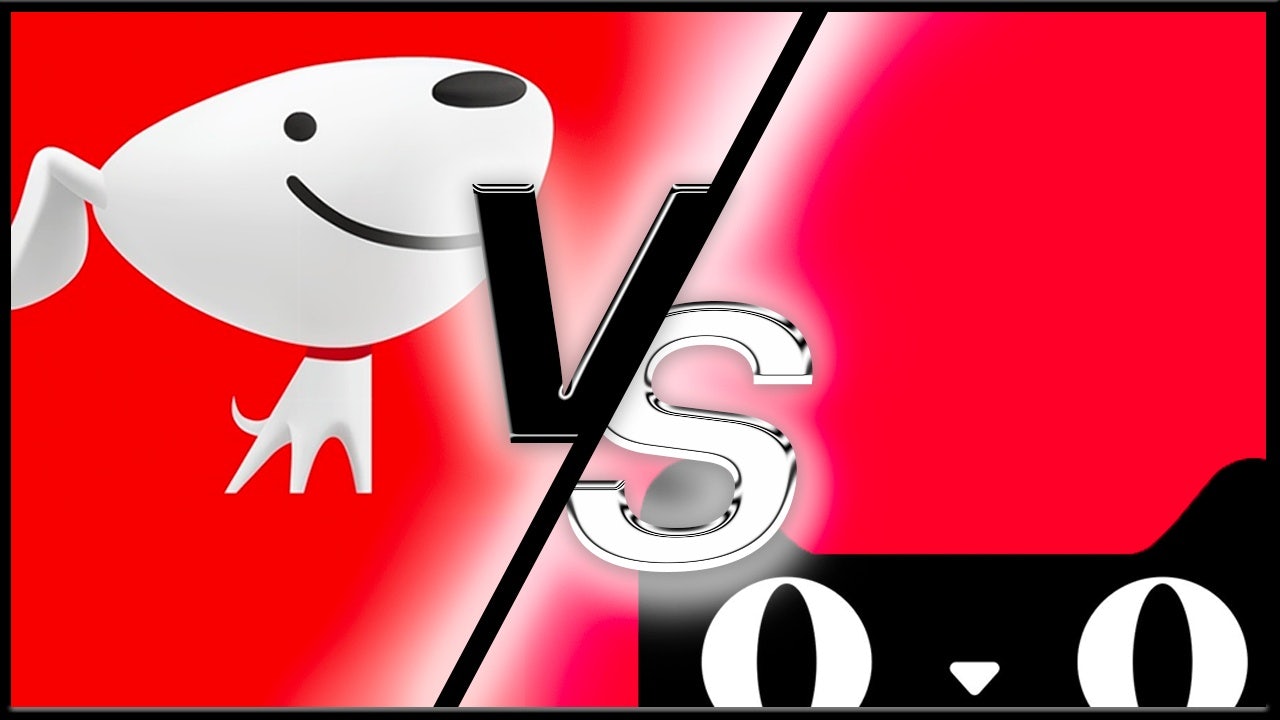Over the last two decades, e-commerce giants Alibaba and JD.com have gone head to head for the title of leading online retailer in China. In 2008, Alibaba’s Tmall spun off from Taobao, creating a more exclusive and official outlet for luxury brands, while JD.com expanded its reach from an everyday electronics retailer to a full-fledged e-commerce platform. To date, Tmall’s active users and its share in China’s B2C e-commerce market continues to be ahead of JD.com.
In the luxury sector, however, Tmall and JD.com tend to be more evenly matched, which can best be seen through their partnerships with leading luxury fashion retailers Net-a-Porter and Farfetch respectively. Though the digital landscape of luxury retail is organically driven by direct-to-consumer e-shops (the official flagship stores themselves) and e-tailers like Net-a-Porter and Farfetch, these brand-authorized channels can offer exclusive shopping experiences from packaging, purchasing, and shipping and thus better communicate with targeted, highly valued consumers.
For brands that are new to China’s digital selling channels, it’s best to launch on either Tmall and JD.com, platforms that come with built-in infrastructures that allow a brand to quickly enter China’s vast market.
And as the COVID-19 pandemic stirs the industry into further digitalization, global luxury houses are now resorting to e-commerce more than ever. For example, over the last month, Prada and Miu Miu launched Tmall flagship stores and the oldest fine leather luxury house in the world, Delvaux, embarked on its e-commerce journey via JD.com, with more global luxury brands in the wings on both platforms.
Here, Jing Daily recaps Tmall and JD’s overall performance in the e-commerce battleground and their initiatives in the luxury sector, as well as consumers’ perceptions of each. There is no standard answer for players queuing up to join China's e-commerce channels, but luxury brands should look for the best platform to get their brand message across to their valued clientele and which platform can fuel their omnichannel strategies best.


